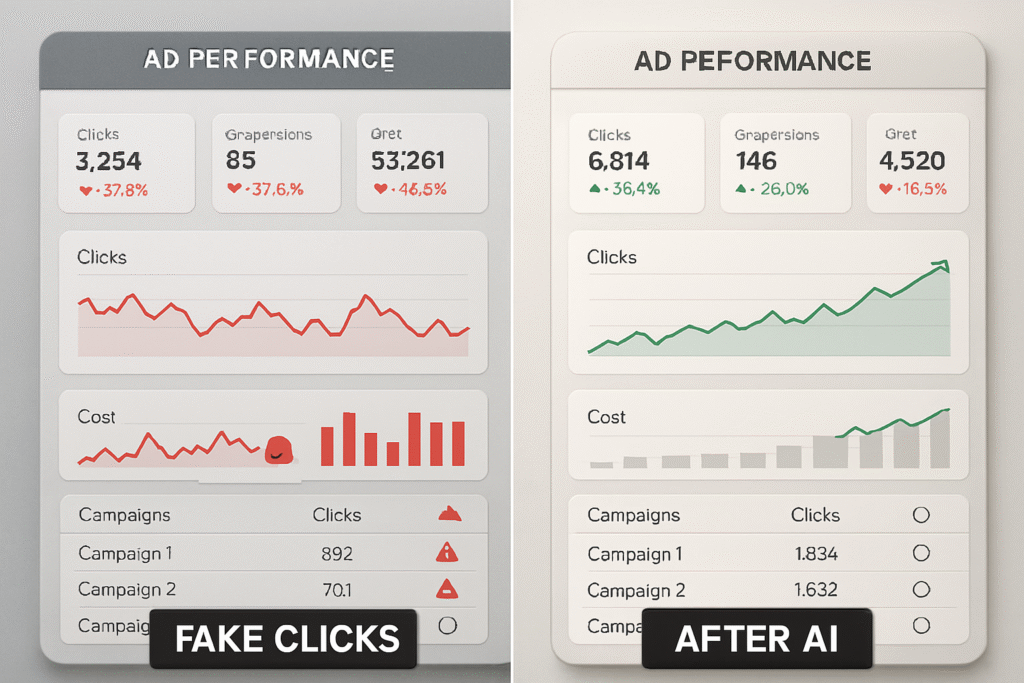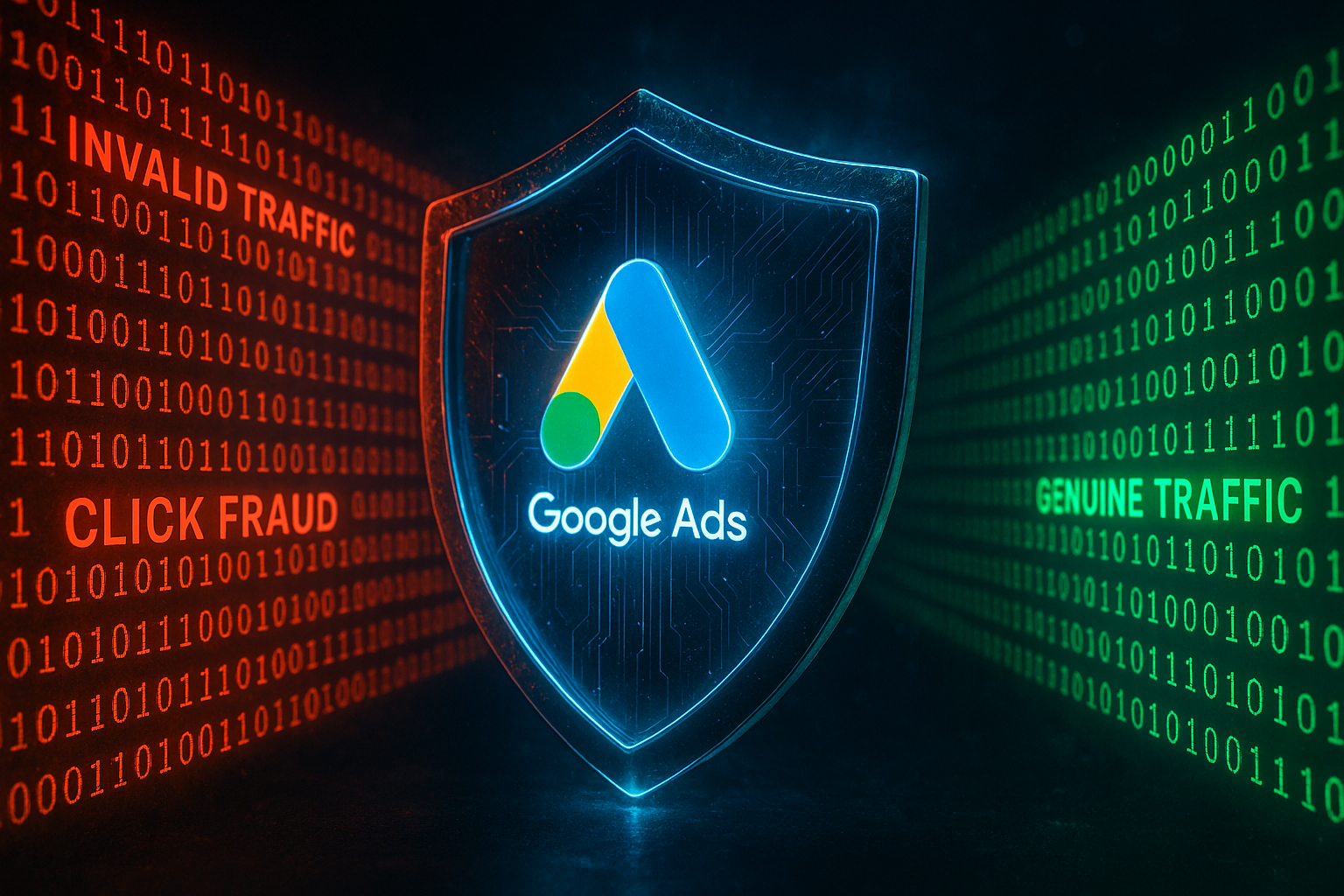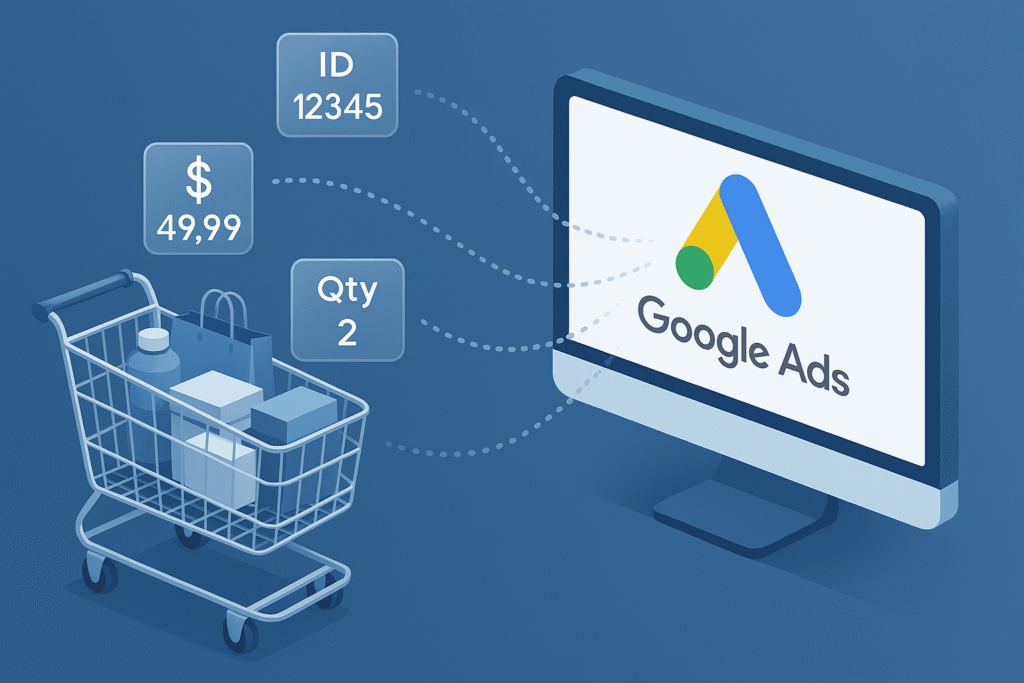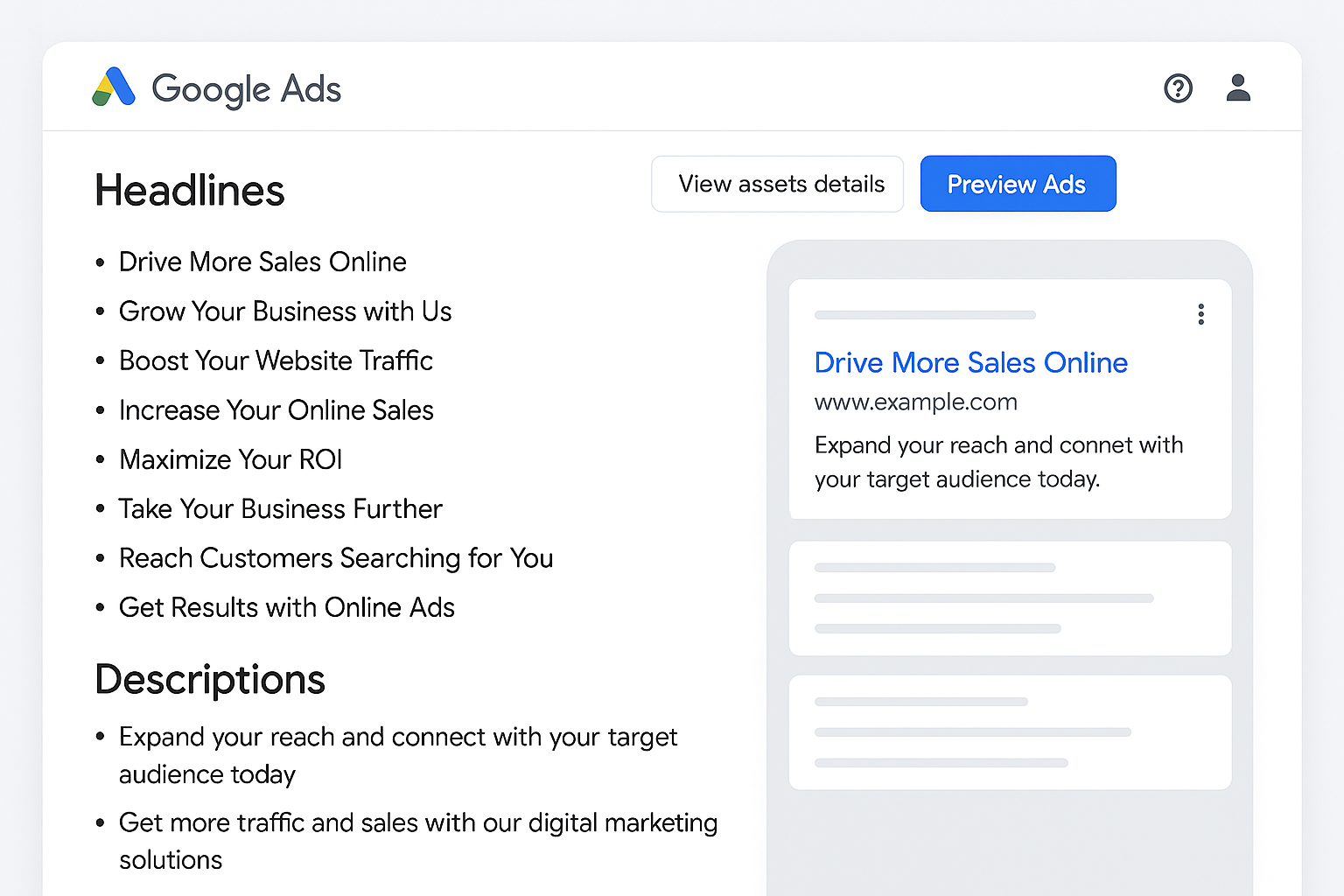Google Ads Boosts AI Power to Block Invalid Traffic by using some of its most advanced artificial intelligence tools yet. The company is now relying more heavily on large language models (LLMs) to detect and block suspicious activity across its advertising platforms. Ready to sell more cars? Dive into how vehicle ads now open to all advertisers can help you reach auto buyers with precision.
For advertisers, this is good news. Invalid traffic references to ad clicks, impressions, or interactions that do not come from real, interested users. Instead, they often come from bots, click farms, or manipulative placement tactics. This kind of traffic wastes money, skews campaign data, and can erode trust in online advertising.
Why Invalid Traffic is a Big Problem
When a business runs ads on Google, they expect those ads to be seen or clicked by genuine potential customers. But the internet is not always that straightforward. Some bad actors use automated systems to generate fake clicks, while others design misleading web pages or apps that trick users into clicking ads unintentionally.
The result? Advertisers pay for engagement that has zero chance of turning into a real sale or lead. In industries with high cost-per-click rates, the losses can add up quickly.
How Google is Tackling the Issue
Google’s Ad Traffic Quality team has been working with Google Research and DeepMind to deploy smarter detection systems. Large language models are a big part of this upgrade. Thesis AI systems can process and understand huge amounts of data, not just numbers but also the context around content, ad placement, and user behavior.

Instead of relying alone on rules-based filters or basic anomaly detection, Google’s AI can now:
- Analyze app content in real time to detect if ads are placed in misleading or disruptive ways.
- Review user interaction patterns to spot behavior that does not match how humans typically engage with ads.
- Check ad placement quality to ensure ads are not being hidden, disguised, or placed where they might be clicked accidentally.
This AI-driven approach has already made a measurable impact. According to Google, the changes have led to a 40 percent drop in traffic tied to misleading or disruptive ad behavior.
Stay current with ad tech upgrades. Explore the latest Google recent enhancements to Performance Max and learn how they can fuel smarter campaign results.
What “Google Ads Boosts AI Power to Block Invalid Traffic” Means for Advertisers
A major frustration for advertisers is paying for clicks or impressions that have no value. With these AI enhancements, Google says fever of those wordless interactions will slip through.
Here is what advertisers can expect:
- More accurate billing – Invalid traffic that violates policies will be excluded before charges are finalized.
- Better campaign performance data – With fake clicks filtered out, the remaining analytics will give a truer picture of how ads are performing.
- Greater trust in the platform – Reduced exposure to click fraud means advertisers can have more confidence that their budgets are well spent.
A Mix of Automation and Human Oversight
While the new AI capabilities are powerful, Google is not leaving everything to machines. The company says it continues to combine automated systems with manual reviews by its ad quality specialists. This layered approach helps maintain accuracy and ensures that legitimate traffic is not accidentally blocked.
The AI works in real time, but complex or borderline cases may still get flagged for human review. This hybrid system is especially important because tactics evolve quickly. What looks like valid engagement today could be identified as a fraud pattern tomorrow.
How Large Language Models Fit In
Large language models, like those Google uses, are typically known for their ability to understand and generate human-like text. In this case, they are being trained to understand patterns of meaning and intent within the advertising ecosystem.
For example, an LLM might be able to look at a mobile app’s page layout, read the surrounding content, and determine which ad placement is likely to generate accidental clicks. It might also analyze sequences of user actions to detect when an interaction pattern looks automated instead of human.
The advantage of LLMs over traditional algorithms is that they can understand nuanced relationships in data rather than relying on rigid, predefined rules. This makes them well suited to spotting new or subtle forms of invalid traffic. Learn how hashtag campaigns can boost reach and brand engagement in our easy walkthrough.
The Bigger Picture: An Arms Race Against Click Fraud
The fight against invalid traffic is ongoing. As detection systems get smarter, bad actors often adapt with new tricks. Some use more sophisticated bots that mimic human behavior, while others hide ads in deceptive ways that are harder to detect.
Google’s strategy is to stay ahead by investing in AI research and adapting quickly. By using models that can learn and improve over time, the company hopes to respond to emerging threats faster than fraudsters can exploit them.
Advice for Advertisers
While Google’s new protections are a positive step, advertisers can also take measures to safeguard their budgets:
- Monitor campaign reports regularly for unusual spikes in clicks or impressions.
- Use conversion tracking to focus on measurable results like sales or sign-ups, not just clicks.
- Set appropriate targeting filters to reduce exposure to low-quality traffic sources.
- Review placement reports to see exactly where ads are appearing.
These habits, combined with Google’s enhanced AI systems, can help ensure ad spend is going towards real potential customers.
Looking Ahead
Google Ads Boosts AI Power to Block Invalid Traffic and makes it clear that AI will continue to play a central role in its ad quality strategy. The company is likely to expand the use of large language models to other aspects of ad delivery, such as improving content relevance and reducing spam.
For now, the focus on invalid traffic detection is a welcome update for advertisers who have long been frustrated by wasted ad spend. With a reported 40 percent reduction in certain types of suspicious traffic, the results so far look promoting. Need hyper-local visibility? Check out the guide on maps-only targeting for strategies that help you reach audiences right where it matters.
Still, the landscape will keep changing. The digital advertising world is a constant back-and-forth between those who want to protect ad quality and those who try to exploit the system. But with deeper AI integration and ongoing human oversight, Google’s latest move could make click fraud a lot harder to pull off.
Bottom line: Google’s use of AI, particularly large language models, represents a major step forward in protecting advertisers from invalid traffic. By analyzing app content, ad placements, and user interactions in real time, the company is not only saving advertisers money but also helping maintain trust in the online advertising ecosystem.





